The Pentagon has made quantum technology a central priority in a new six-part strategy outlining the future of U.S. military capability.


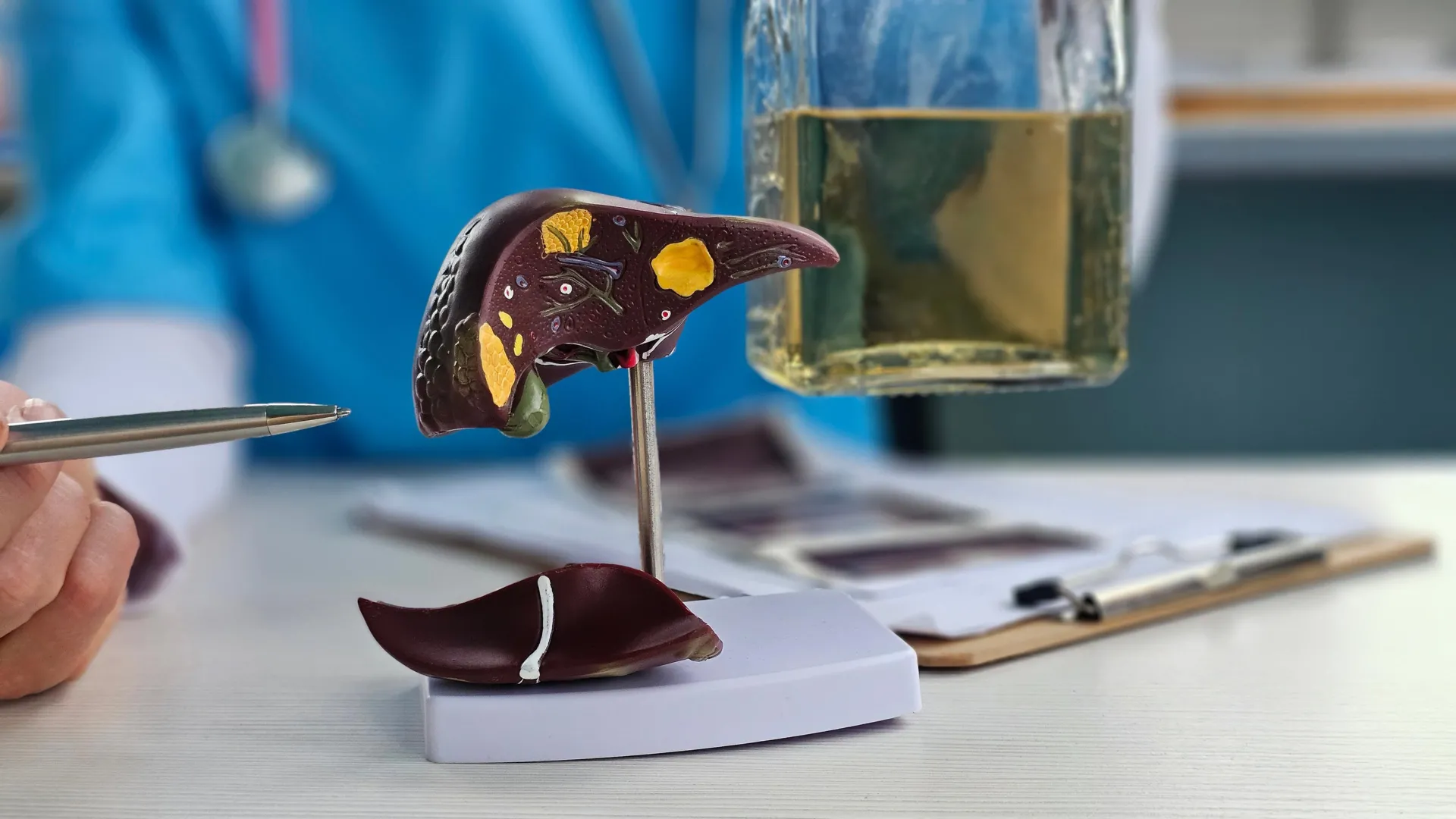
Scientists discovered that alcohol activates a sugar-producing pathway in the body, creating fructose that may reinforce addictive drinking. The enzyme responsible, KHK, appears to drive both alcohol cravings and liver injury. When this enzyme was blocked in mice, their drinking decreased and their livers showed far less damage.
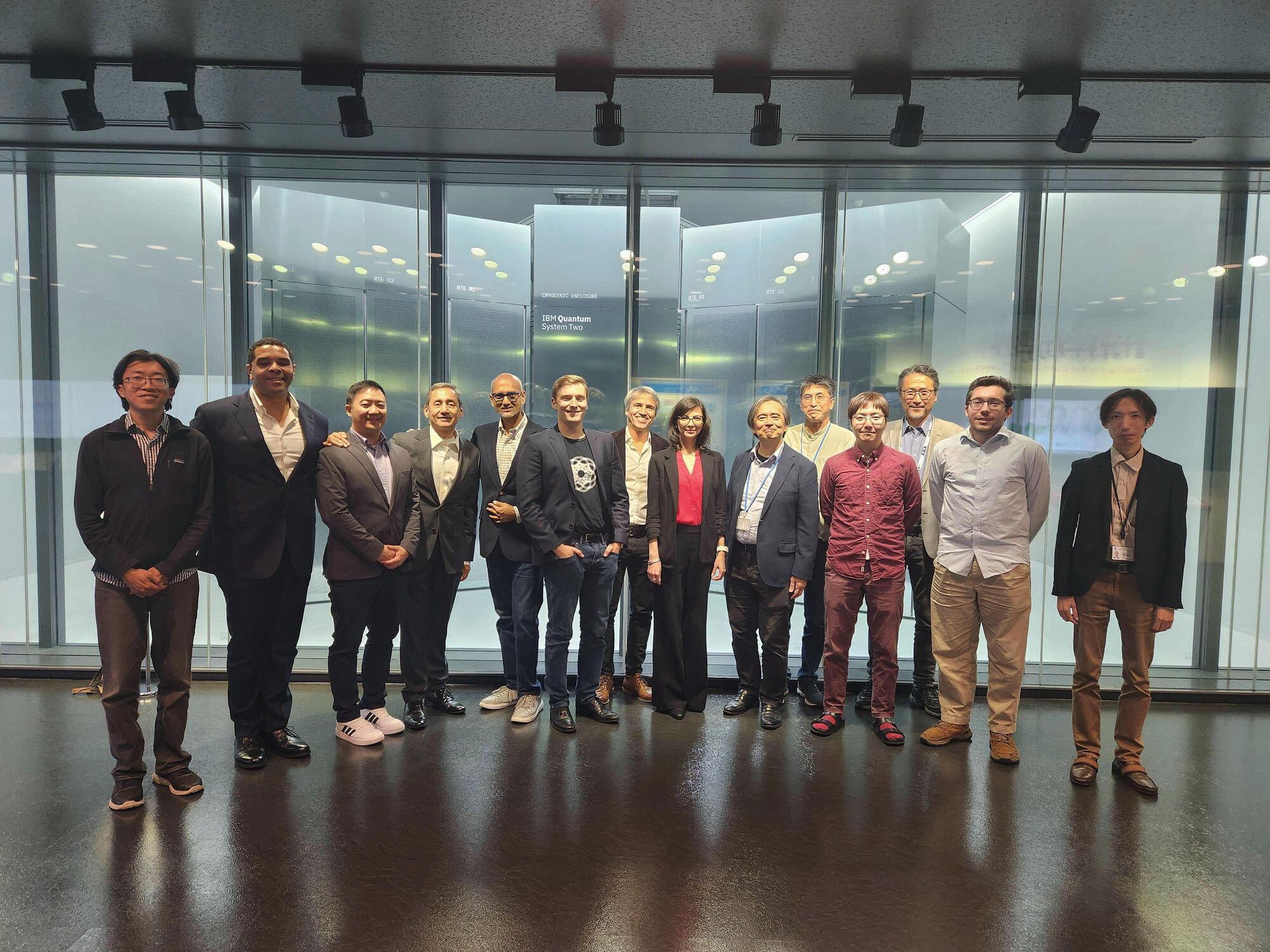
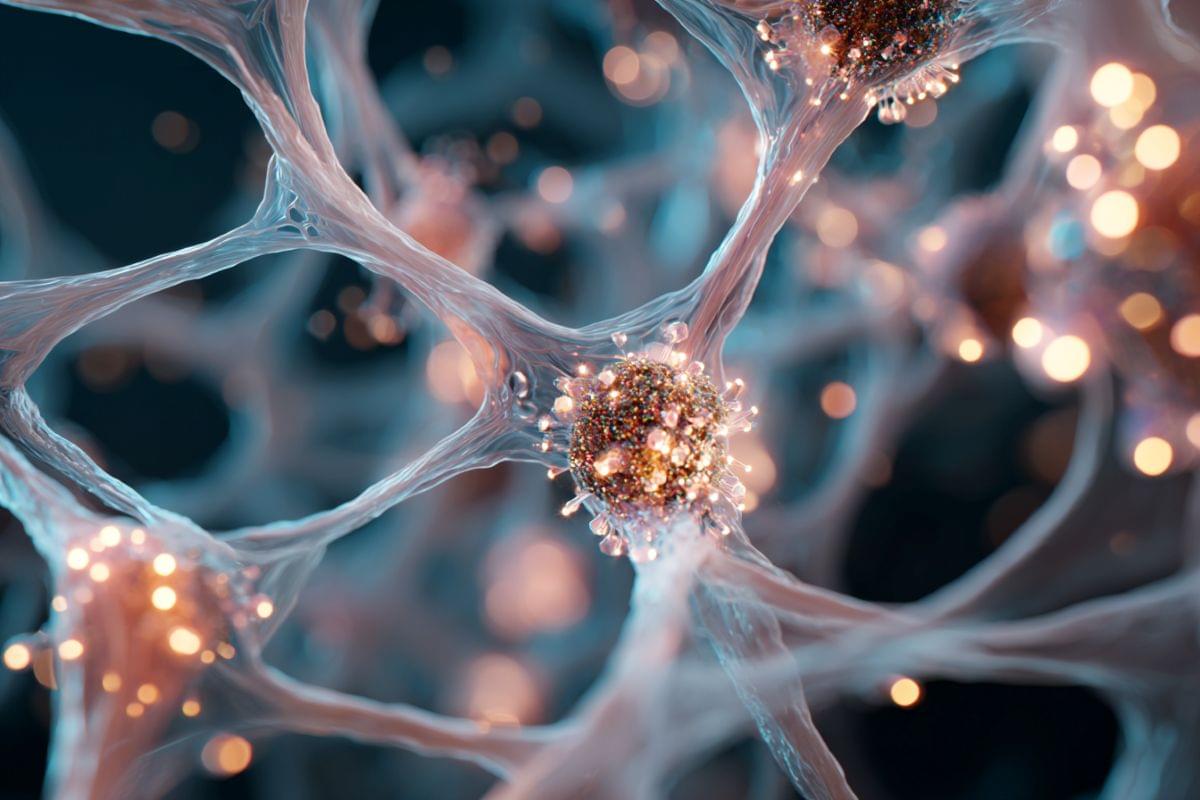
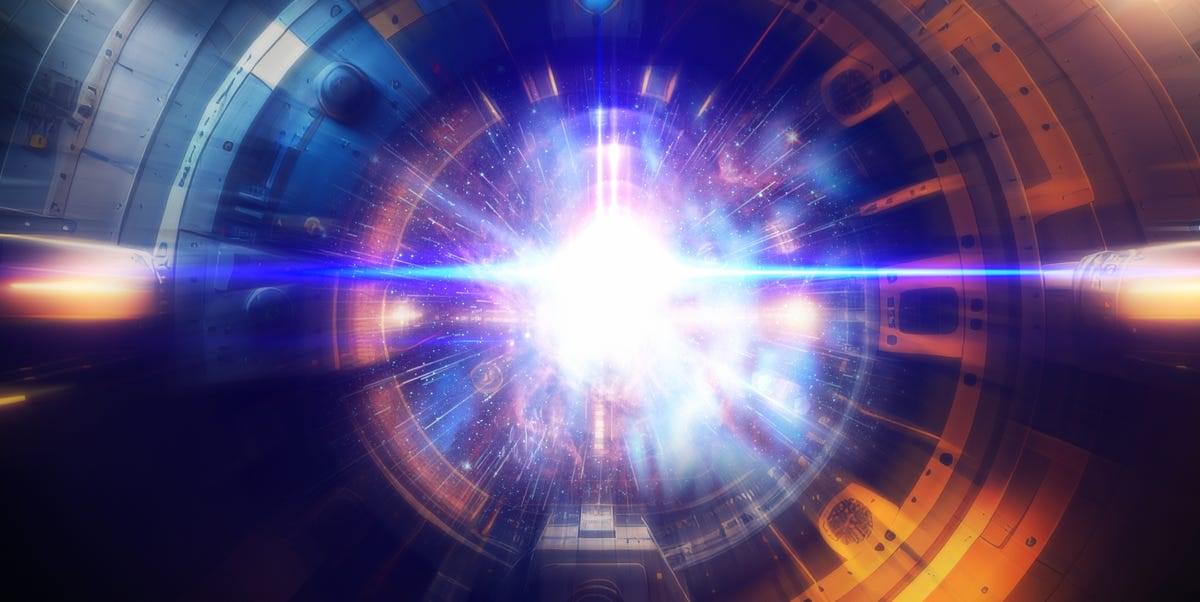
Scientists say a new kind of AI could bridge the gap between current systems and machines that learn and think more like us.

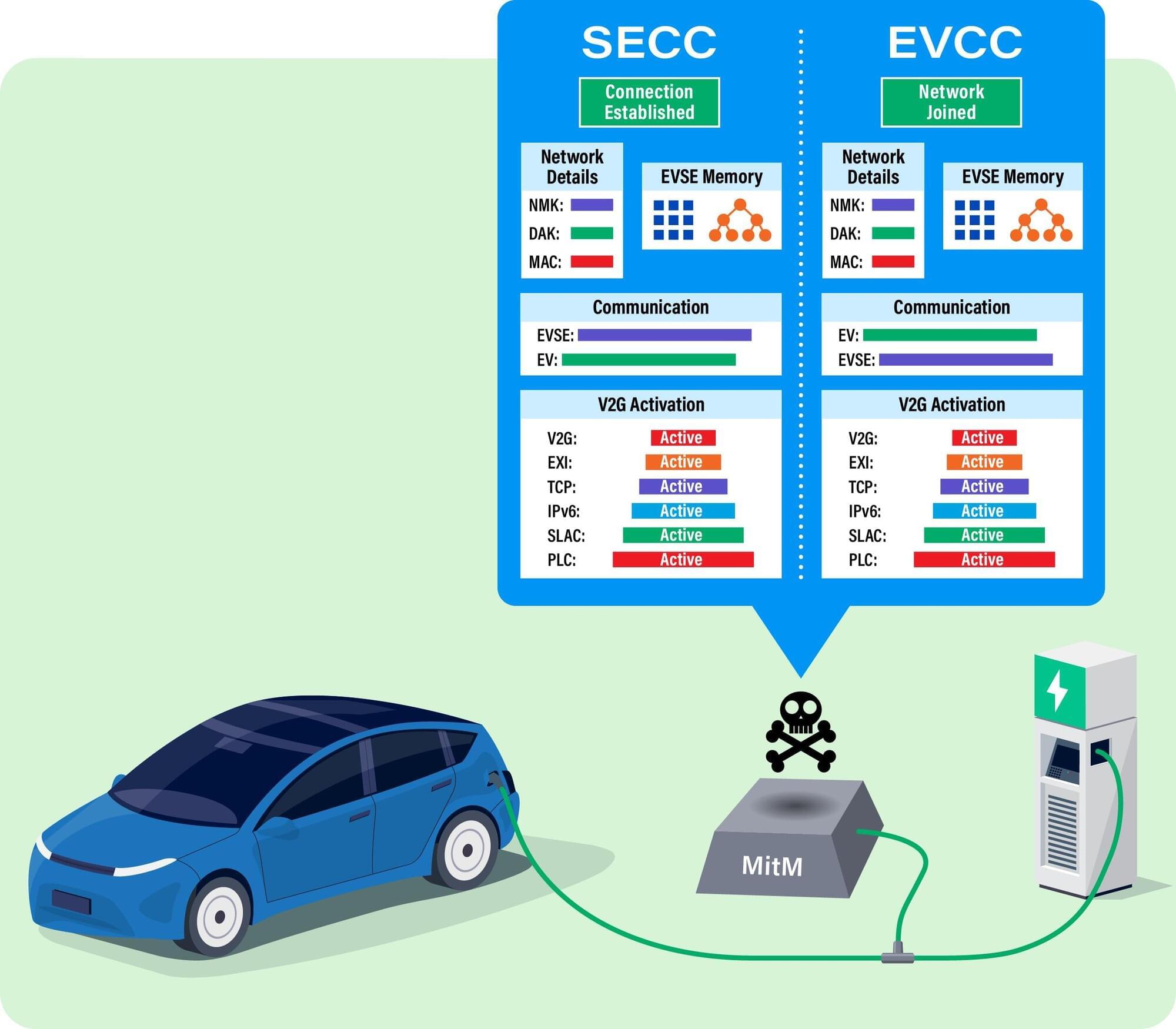
Southwest Research Institute identified a security vulnerability in a standard protocol governing communications between electric vehicles (EV) and EV charging equipment. The research prompted the Cybersecurity & Infrastructure Security Agency (CISA) to issue a security advisory related to the ISO 15118 vehicle-to-grid communications standard.
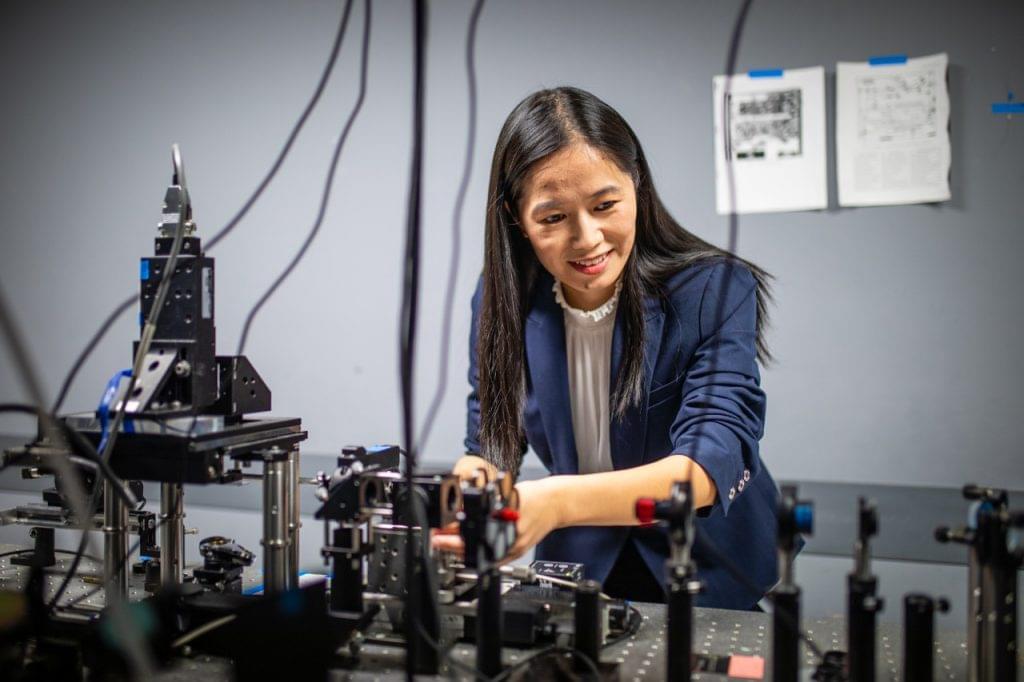
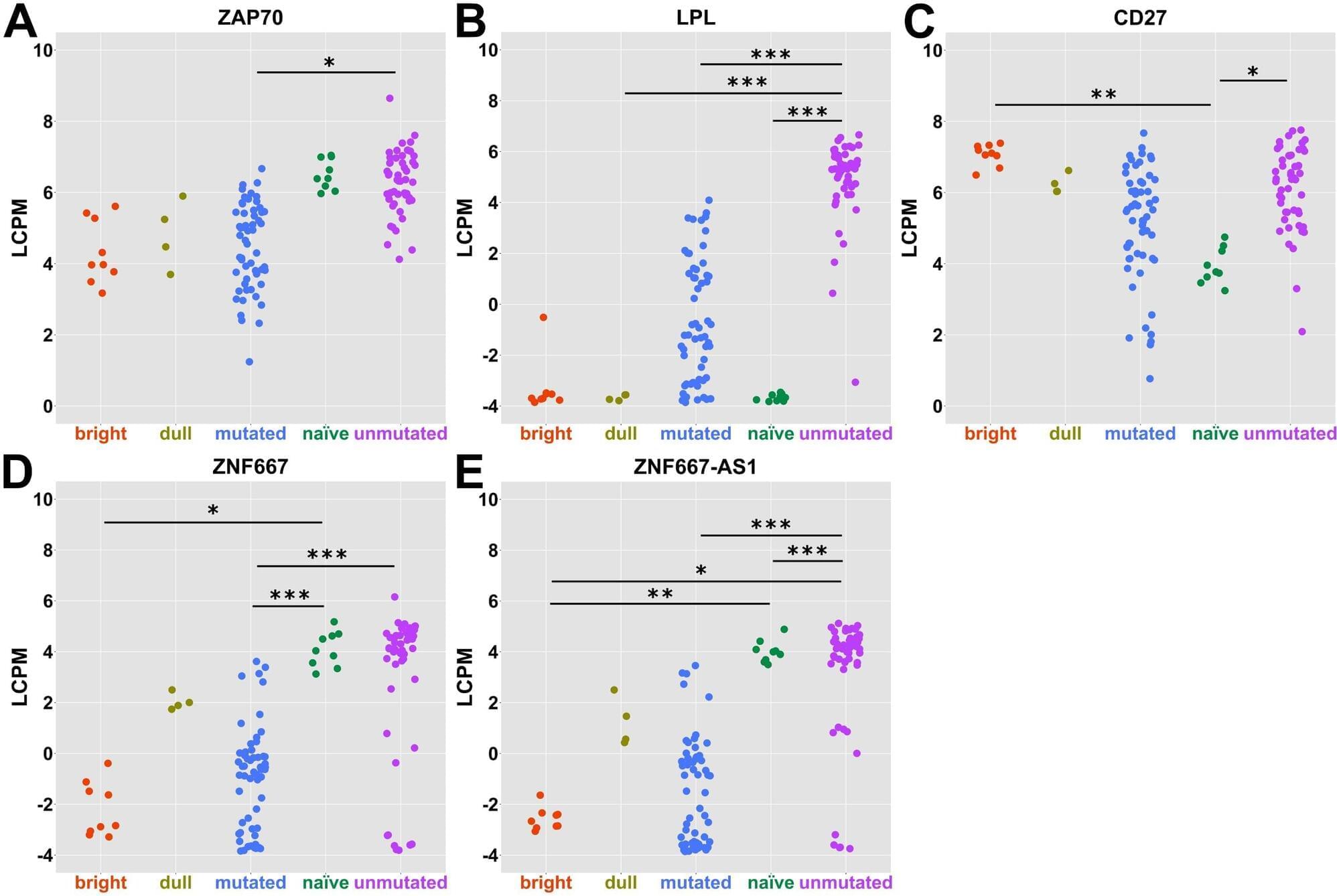
Researchers at the University of Eastern Finland and their international collaborators have identified key developmental and molecular differences between the two main subtypes of chronic lymphocytic leukemia, CLL. The findings, published in PLOS ONE, show that mutated and unmutated forms of CLL may originate from distinct stages of B cell development, offering new insight into disease mechanisms and biomarker discovery.
CLL, the most common leukemia in adults, is characterized by disruption of the peripheral immune system through the accumulation of abnormal B-lymphocytes. CLL is divided into mutated (M-CLL) and unmutated (UM-CLL) subtypes based on the mutation frequency of the immunoglobulin heavy chain variable region in B cells. UM-CLL is more aggressive and tends to have a worse prognosis than M-CLL. The research team performed a meta-analysis of transcriptomic data from 116 patients and healthy donor B cells to explore the origins of these subtypes.
B cells go through different developmental stages in bone marrow and in lymphatic tissue germinal centers. They are classified into different subtypes depending on their maturation and function, such as memory or plasma cells. The results revealed that M-CLL resembles germinal center–dependent memory B cell subtype, CD27bright memory B cells, while UM-CLL reflects an earlier intermediary germinal center stage, possibly explaining their differences in mutation levels and clinical behavior.